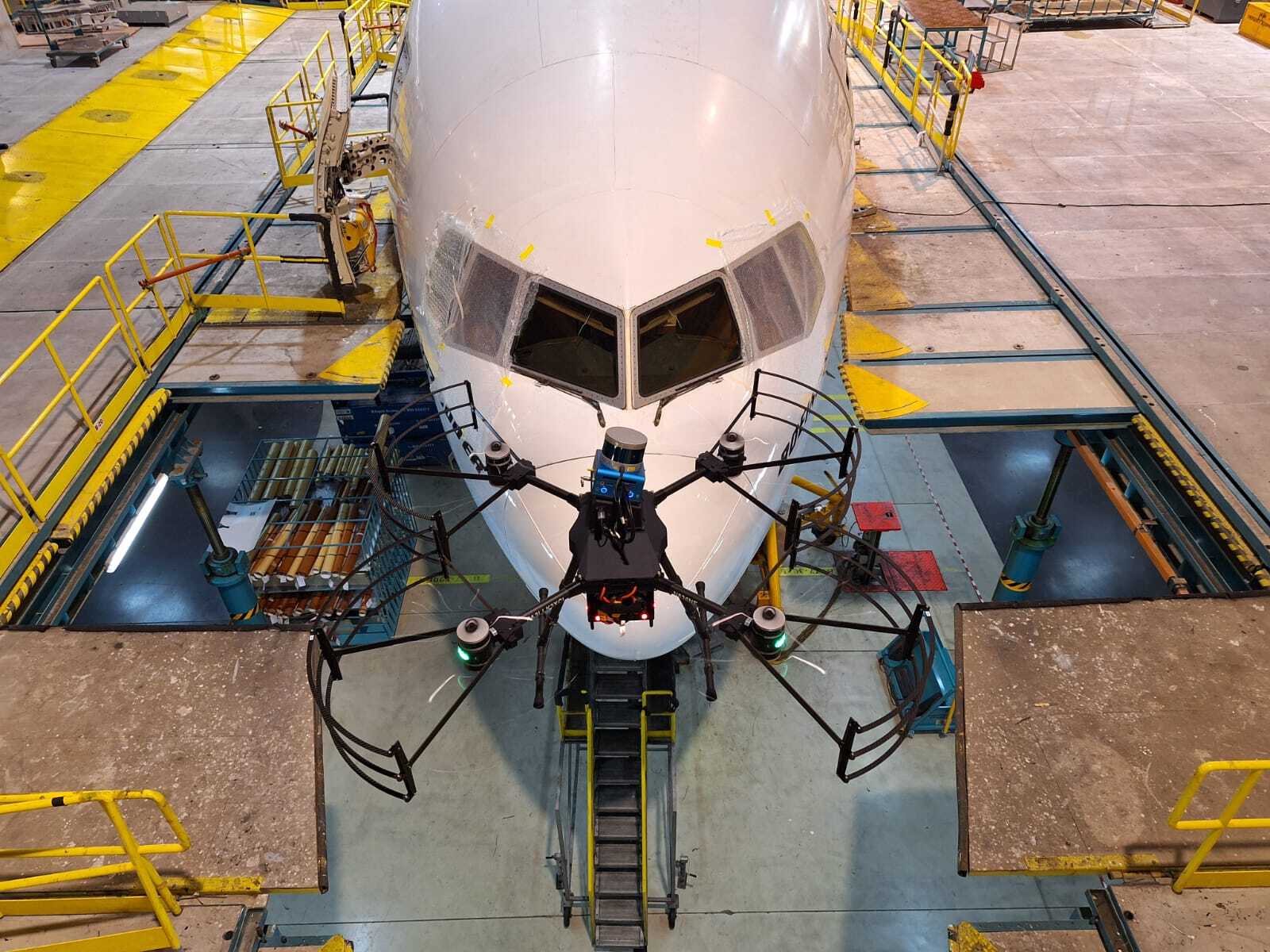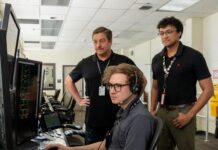Revolutionizing Aircraft Inspections: Near Earth Autonomy’s Drone Technology
In the ever-evolving world of aviation, safety and efficiency are paramount. Ensuring that commercial airliners are ready for flight involves rigorous pre-flight checks, a process that traditionally takes several hours and requires a team of workers to meticulously examine the aircraft. However, a small business named Near Earth Autonomy has developed a groundbreaking solution to streamline this process through the use of drones, thanks to support from NASA’s Small Business Innovation Research (SBIR) program and a collaboration with The Boeing Company.
The Traditional Pre-Flight Inspection Process
Before an airplane can take off, it undergoes a comprehensive pre-flight inspection. This is a critical step to confirm that the aircraft is safe for its journey. The process can take up to four hours and involves workers physically inspecting various parts of the airplane, often requiring them to climb and maneuver around the aircraft. This method not only demands significant time and effort but also poses potential safety risks and leaves room for human error in diagnosing issues.
Introducing Drone Technology for Efficient Inspections
Near Earth Autonomy, with the backing of NASA and Boeing, has introduced an innovative drone-enabled solution through their division, Proxim. This system is designed to radically transform pre-flight inspections by reducing the time required from hours to just under 30 minutes. These drones are equipped with advanced technology that allows them to autonomously navigate around the aircraft, collecting vital inspection data swiftly and accurately.
The process is guided by a computer-programmed task card that follows the Federal Aviation Administration’s (FAA) regulations for commercial aircraft inspections. This task card dictates the drone’s flight path, ensuring that it covers all necessary inspection points. The use of drones not only enhances the efficiency of the inspection process but also significantly improves safety and accuracy, providing airline workers with a powerful tool to perform their duties more effectively.
The Role of NASA and Boeing
According to Danette Allen, a senior leader at NASA specializing in autonomous systems, NASA has collaborated extensively with Near Earth Autonomy on various autonomous inspection challenges across different domains. The success of this technology marks an exciting milestone as it transitions into the industry, promising to enhance efficiencies, safety, and precision in aircraft inspections, ultimately benefiting the public.
Data Collection and Analysis
The drones employed by Near Earth Autonomy are equipped with high-resolution cameras that capture detailed images of the aircraft. These photos are then shared and analyzed remotely, allowing maintenance experts to assess and make repair decisions from virtually any location. This remote analysis capability is crucial for quickly identifying issues such as cracks, popped rivets, leaks, and other common problems that could affect flight safety.
Moreover, the system allows users to set up alerts for areas that require further inspection or have failed the initial examination. This proactive approach ensures that any potential issues are addressed promptly, minimizing the risk of overlooking critical maintenance needs.
Economic Impact on the Airline Industry
The introduction of drone technology in aircraft inspections is not just a matter of convenience but also has significant economic implications. Near Earth Autonomy estimates that this innovation could save the airline industry an average of $10,000 per hour by reducing the time aircraft spend grounded due to unscheduled maintenance. This efficiency not only cuts costs but also enhances the overall operational capacity of airlines, allowing them to maintain their schedules more effectively.
Successful Test Flights and Industry Adoption
Over the past six years, Near Earth Autonomy has conducted multiple test flights using their drone system on Boeing aircraft operated by major airlines such as American Airlines and Emirates Airlines. These successful trials have demonstrated the feasibility and reliability of the technology, paving the way for its broader adoption across the industry.
NASA’s Small Business Innovation Research Program
The collaboration between Near Earth Autonomy, NASA, and Boeing is a testament to the power of public-private partnerships in fostering innovation. NASA’s Small Business Innovation Research (SBIR) program, managed by the Space Technology Mission Directorate, is designed to support pioneering ideas from small businesses that align with NASA’s and the industry’s technological needs. Through annual SBIR solicitations, NASA identifies research areas with significant commercialization potential and provides funding to small businesses to develop these technologies.
Eligible participants include small business concerns with 500 or fewer employees, as well as small businesses partnering with non-profit research institutions like universities or research laboratories. This program serves as a catalyst for American ingenuity, encouraging small businesses to contribute to advancements in technology and industry practices.
Conclusion
Near Earth Autonomy’s drone technology represents a significant leap forward in the field of aircraft inspections. By drastically reducing inspection times and improving the accuracy of maintenance checks, this innovation stands to benefit the aviation industry in numerous ways. From enhancing safety and operational efficiency to reducing costs associated with grounded aircraft, the potential impact of this technology is substantial.
The successful integration of drones into the aircraft inspection process also underscores the importance of continued investment in research and development, particularly through collaborative efforts between government agencies and private enterprises. As the aviation industry continues to evolve, embracing such cutting-edge technologies will be key to maintaining safety standards and operational excellence.
For more detailed information about NASA’s Small Business Innovation Research program, you can visit their official website at NASA SBIR/STTR.
For more Information, Refer to this article.


































